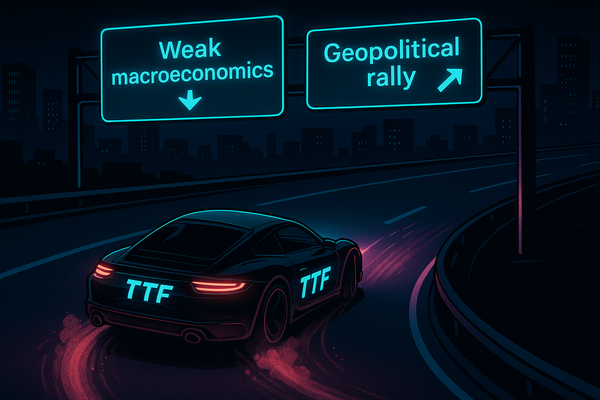Bitcoin at energy crossroads as miners flee China
Will ex-Chinese mining rigs tap Iranian hydrocarbons, or seek greener power sources in North America?

Will ex-Chinese mining rigs tap Iranian hydrocarbons, or seek greener power sources in North America?


New and improved modelling cuts through the noise to give a clearer view of shifts in risk pricing

DEEP DIVE: How low must LNG prices go to unlock Asian demand?

TTF bull trap turns investment funds into bag holders | EU LNG Chart Deck: 26 June 2025

TTF turns on a dime, but is risk being priced properly? | EU LNG Chart Deck: 20 June 2025